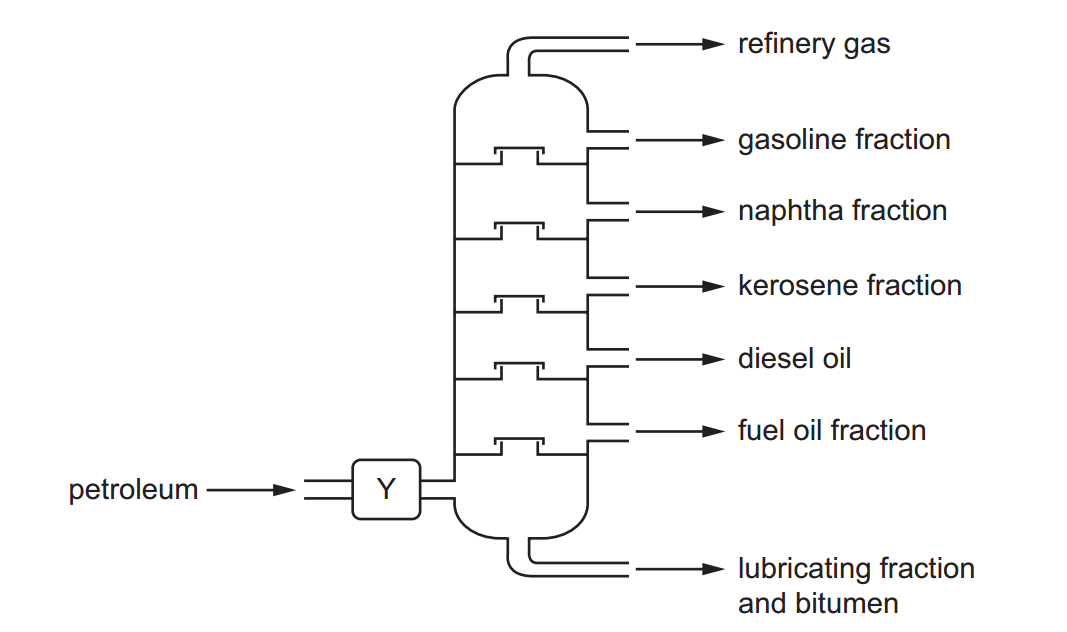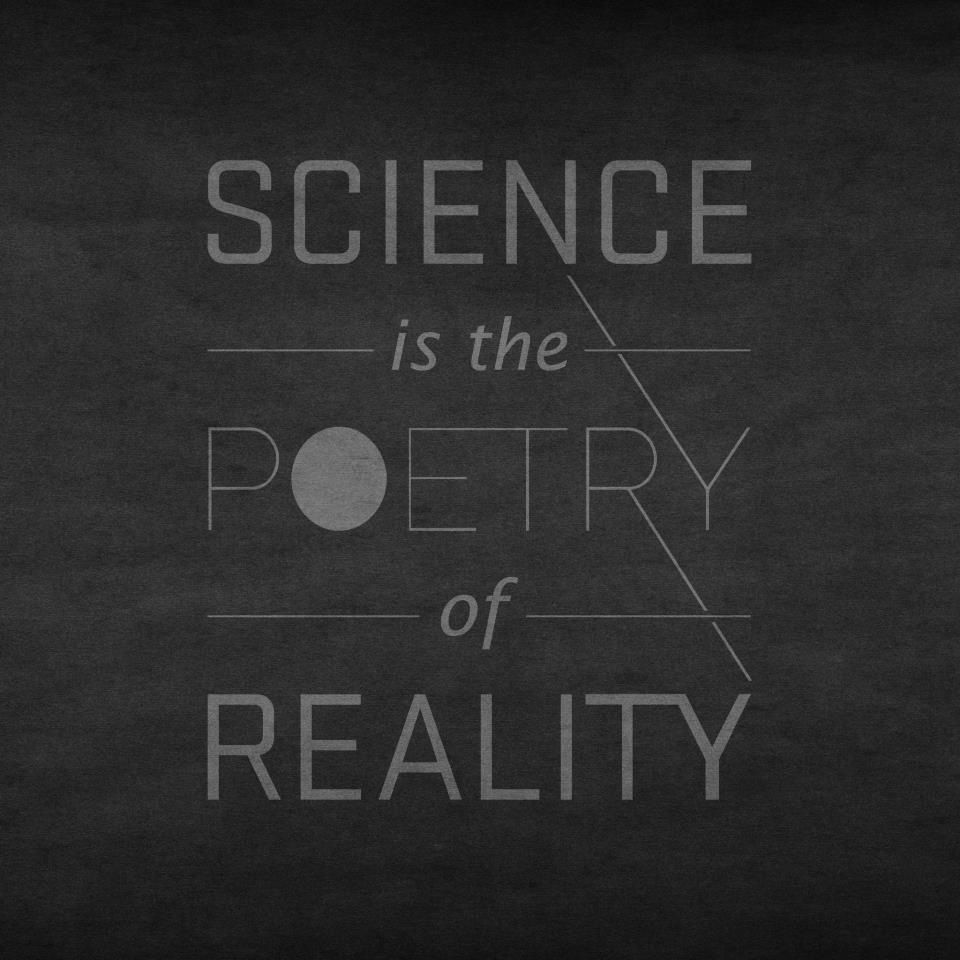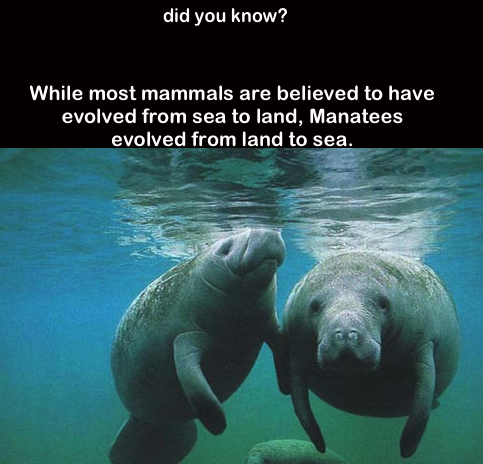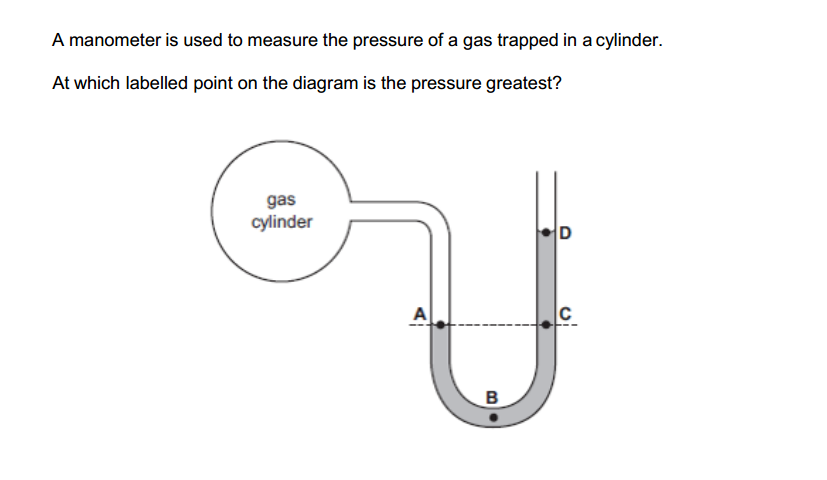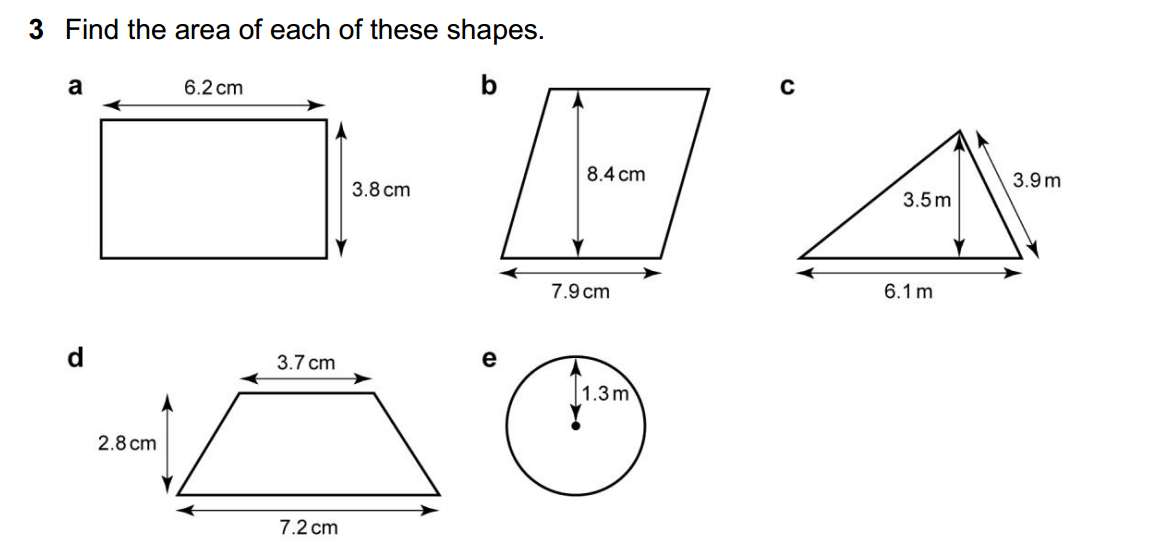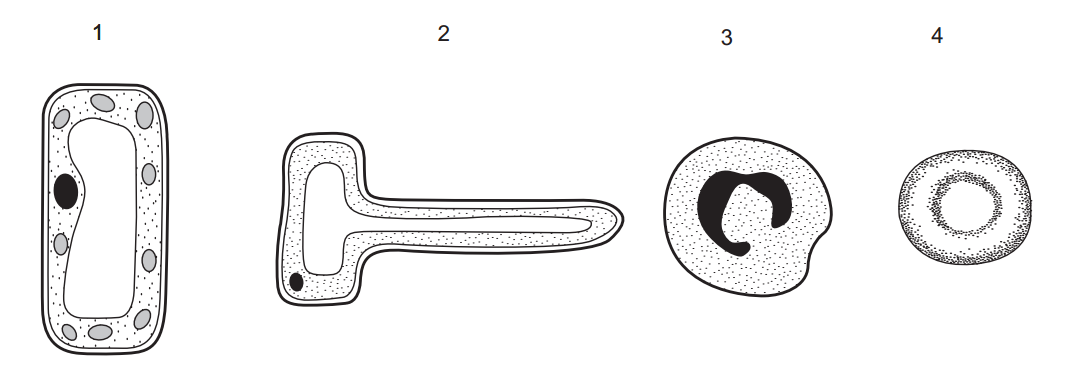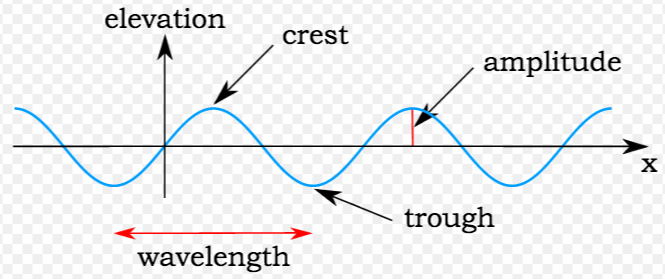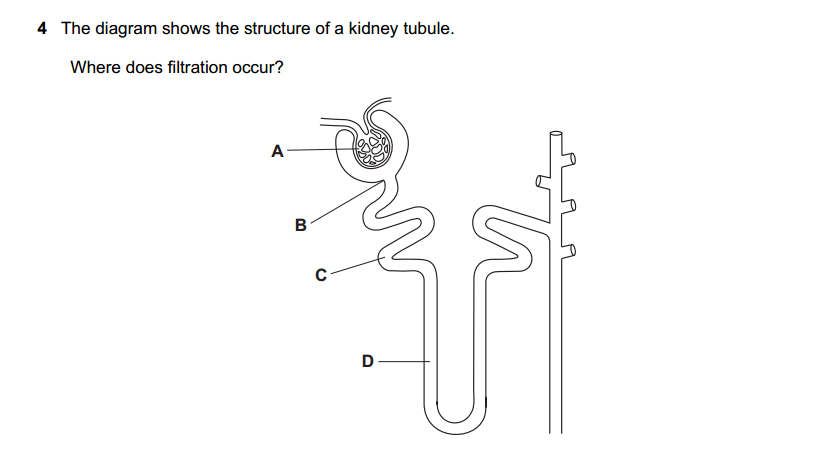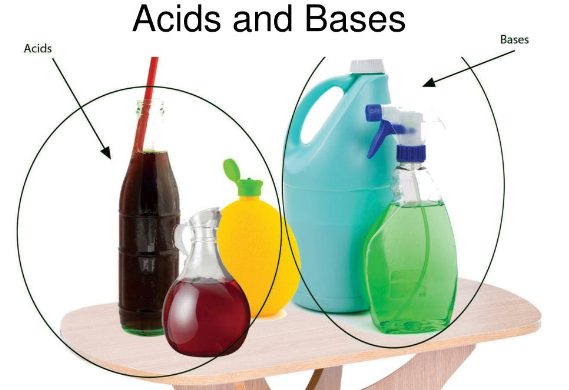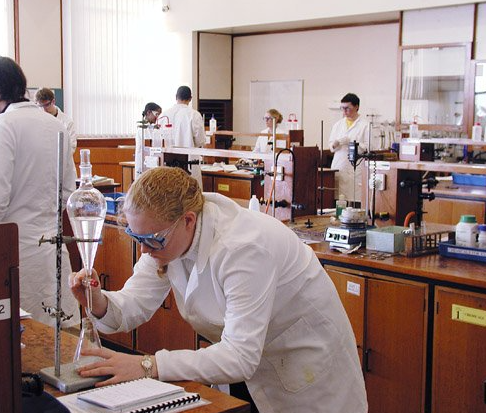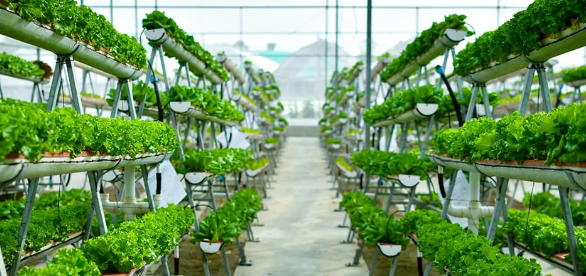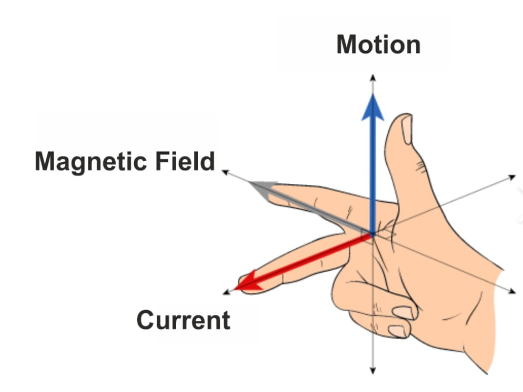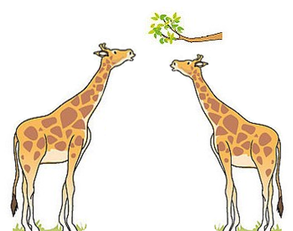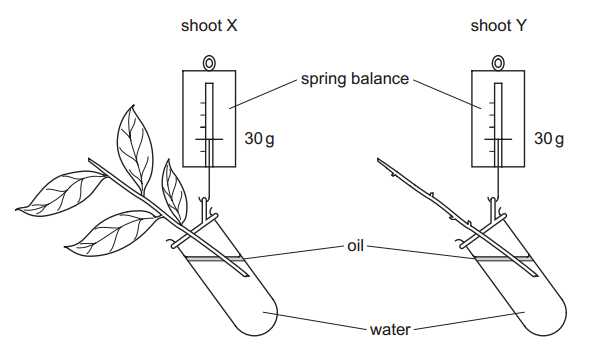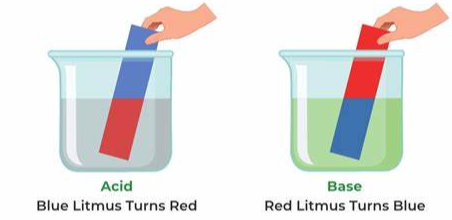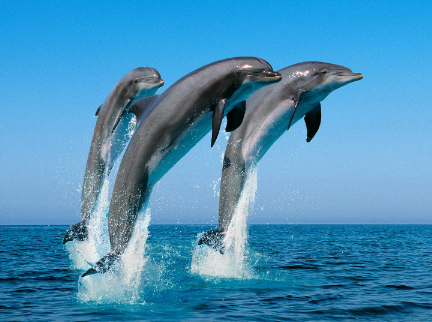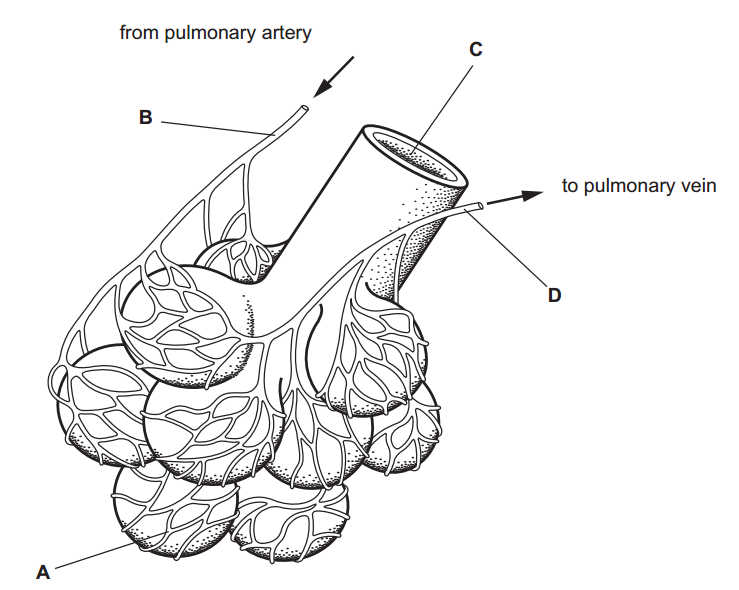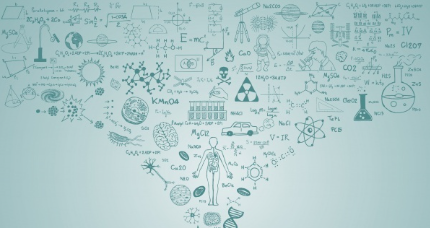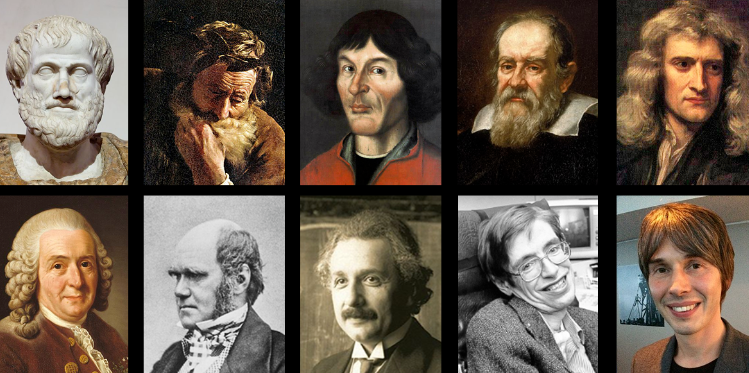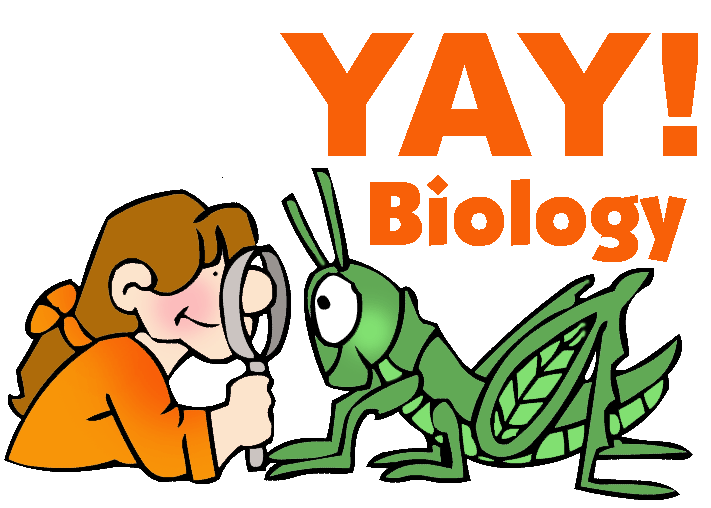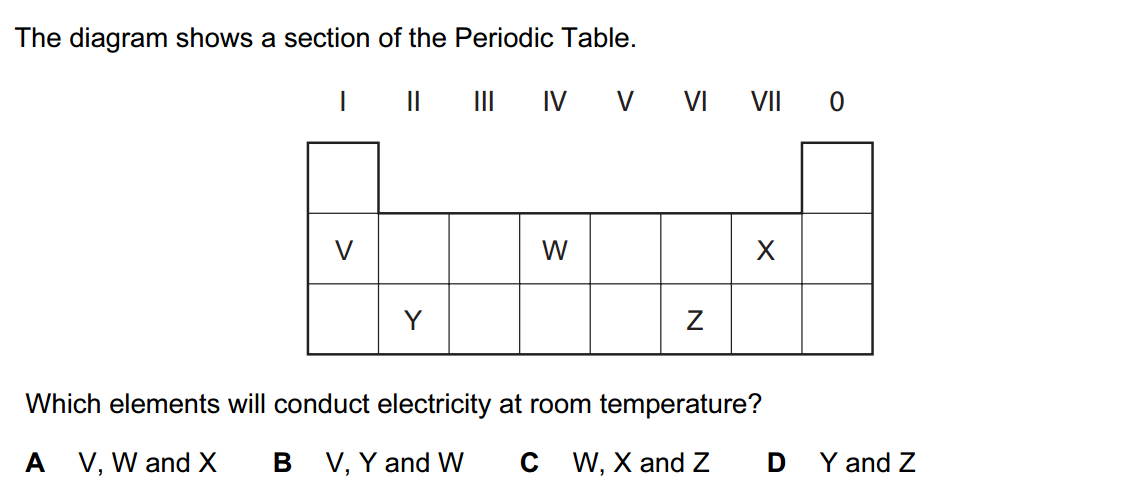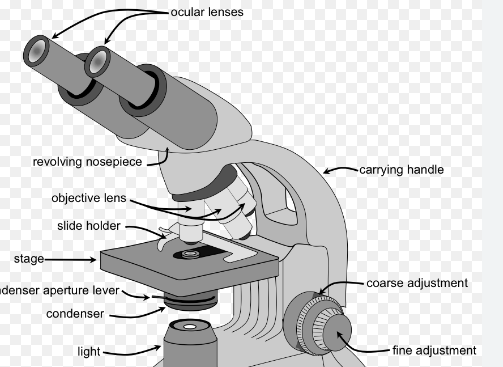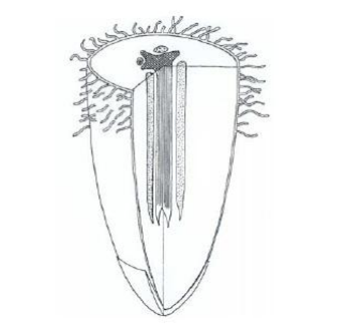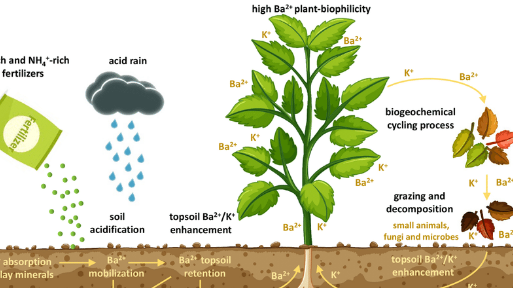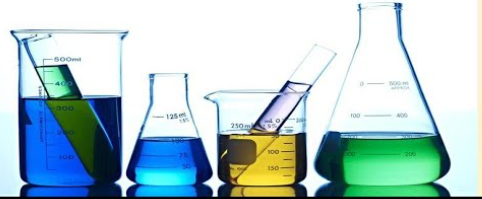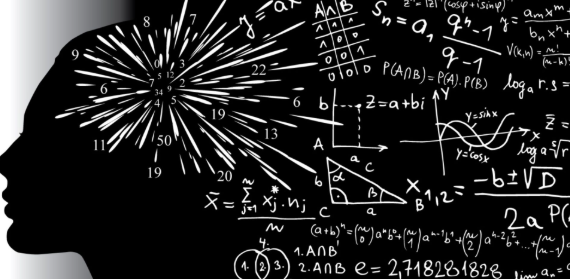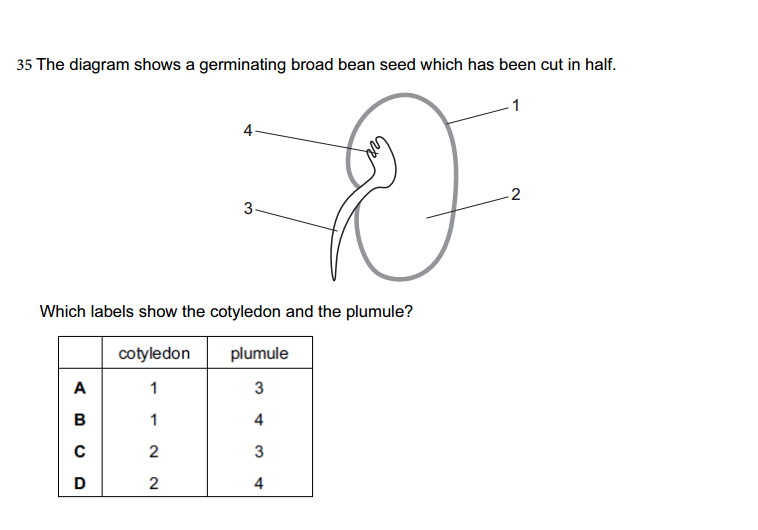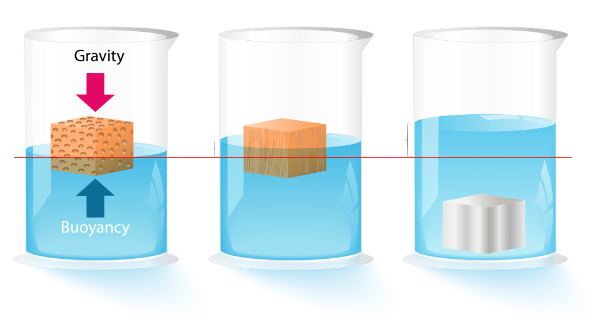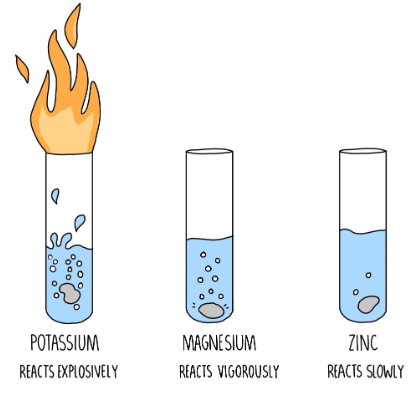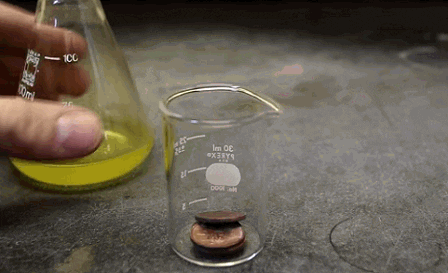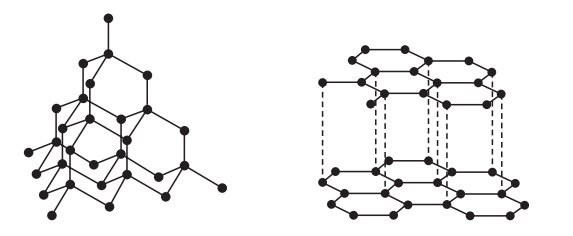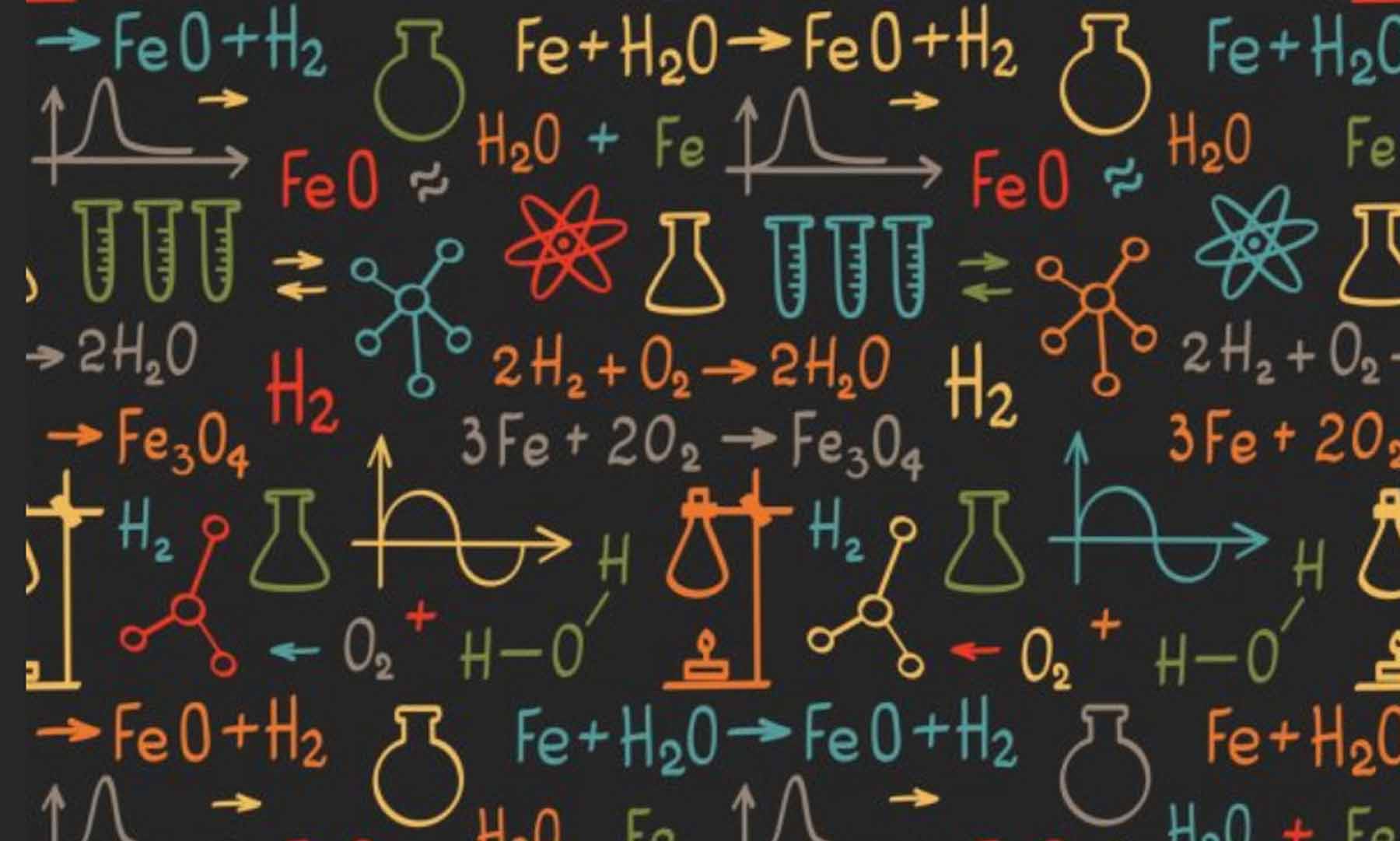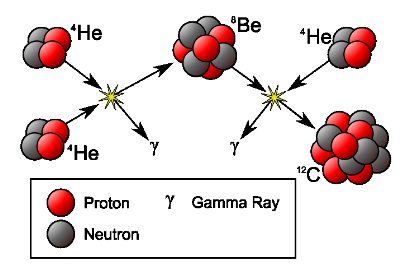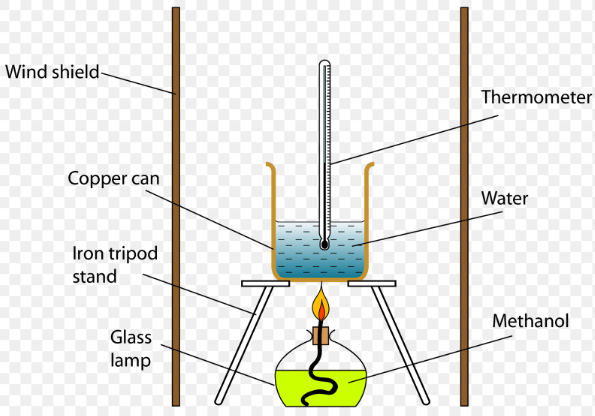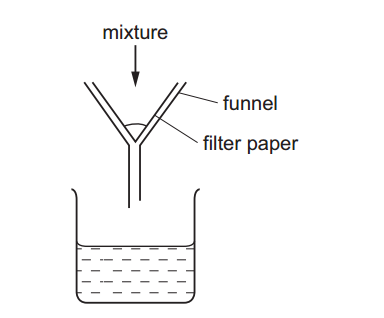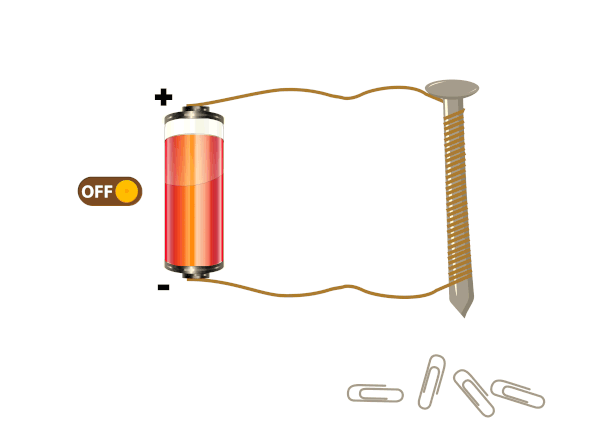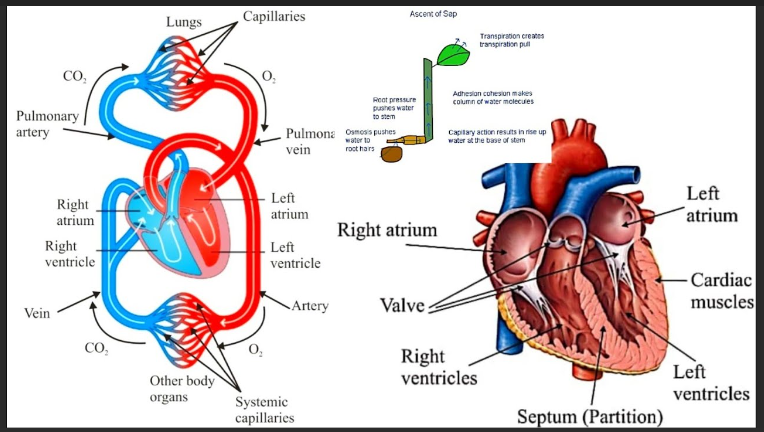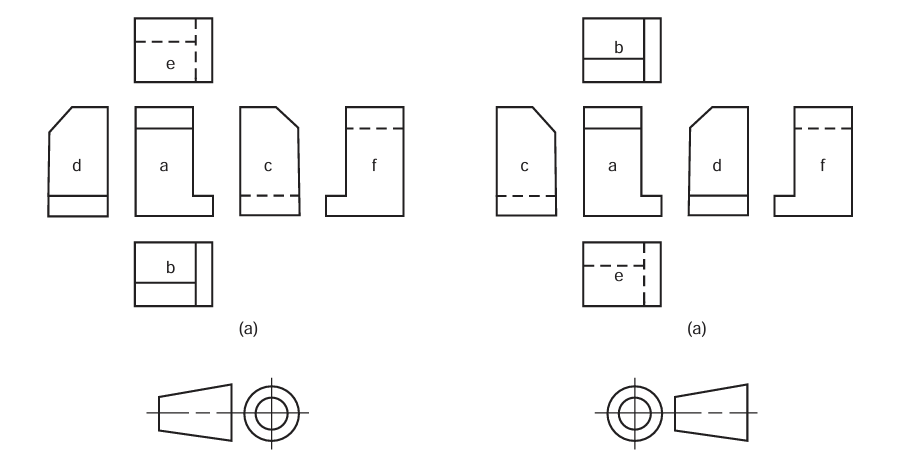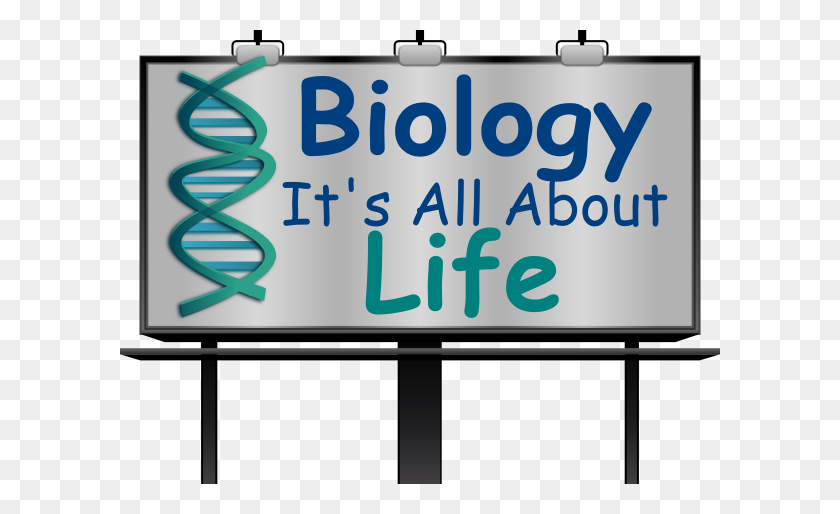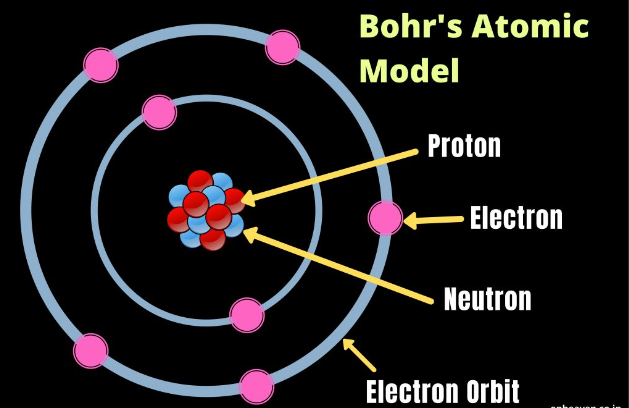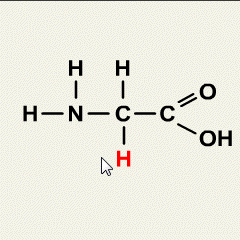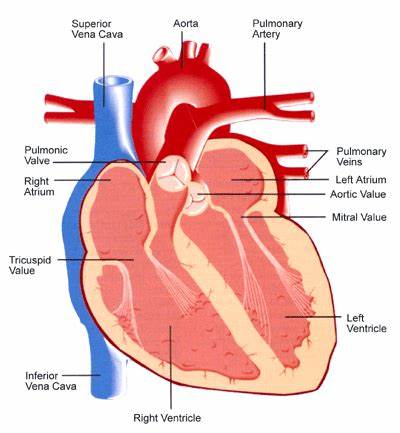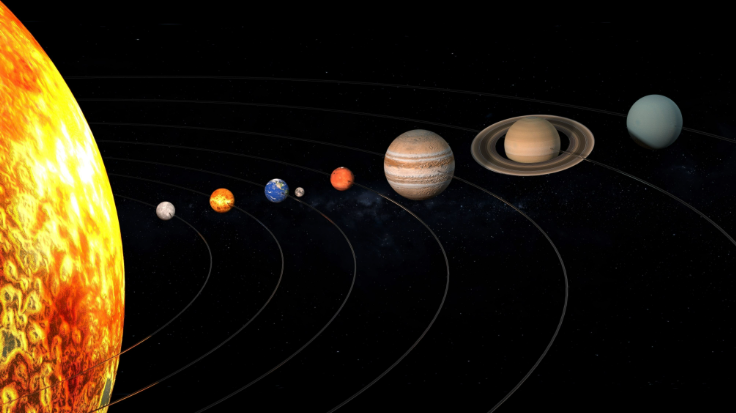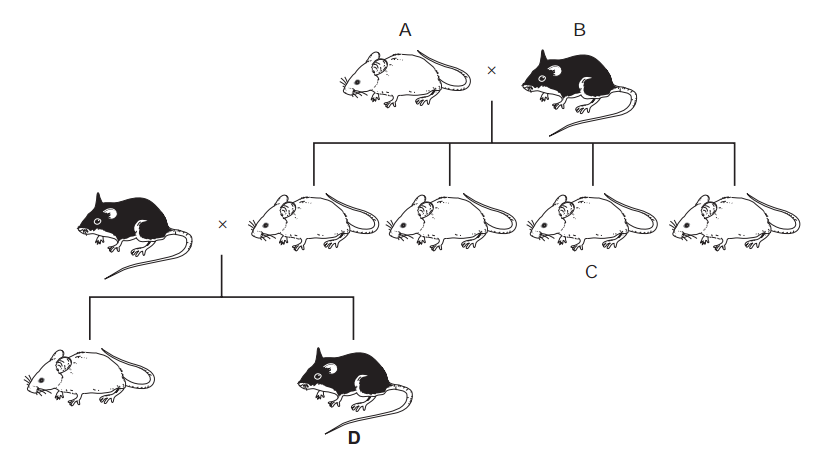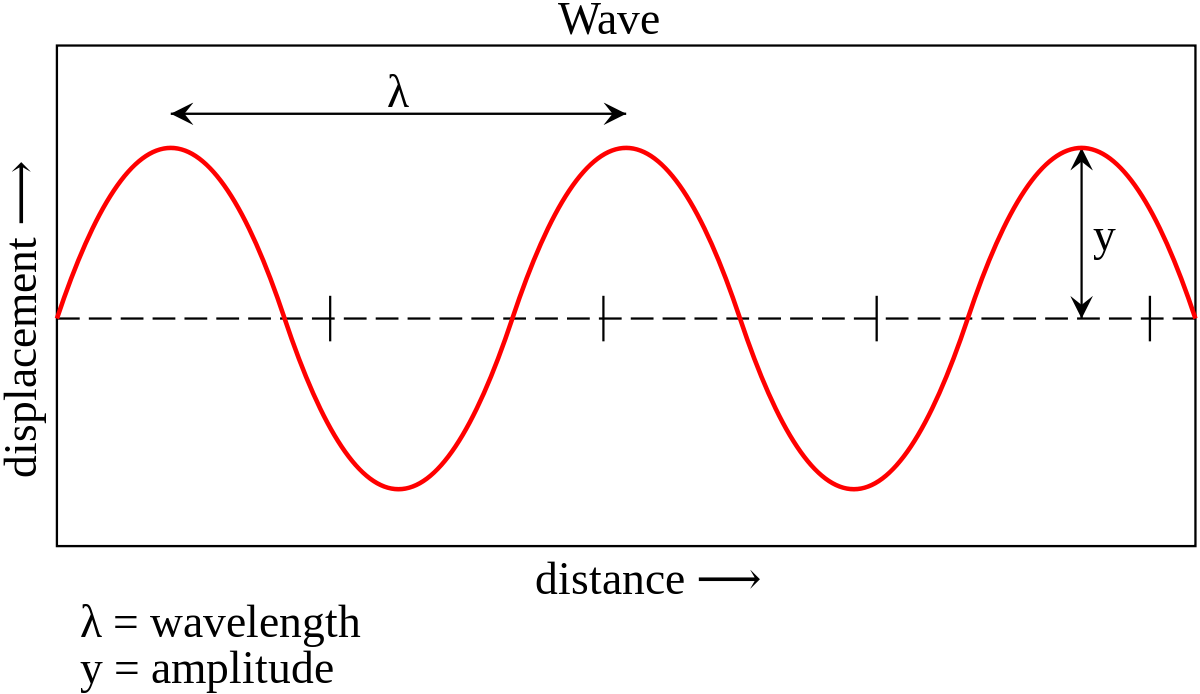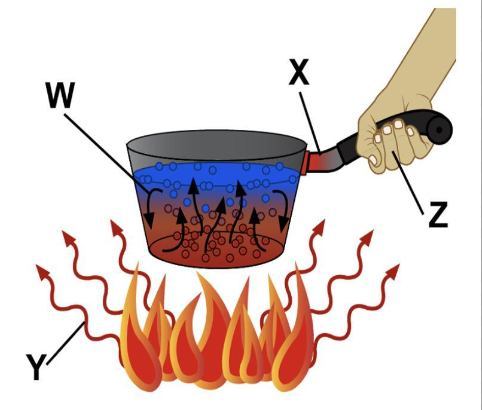- Cell Theory
- Mendelian Laws of Inheritance
- Theory of Evolution by Natural Selection
- Laws of Thermodynamics
- Homeostasis
- Central Dogma of Molecular Biology
- Law of Biogenesis
- Law of Segregation
- Law of Independent Assortment
- Law of Dominance
- Law of Heredity
- Law of Conservation of Mass
- Law of Conservation of Energy
- Law of Mass Action (Chemical Equilibrium)
- Law of Limiting Factors (Liebig’s Law)
- Law of Competitive Exclusion (Gause’s Law)
- Law of Symbiosis
- Law of Parity (Lotka-Volterra Principle)
- Law of Corresponding States (van der Waals’ Principle)
- Law of Competitive Exclusion (Hardin’s Law)
Below is how they state, in case anything is not stated as you expected quickly consult leave a comment in the box below.
- Cell Theory: All living organisms are composed of cells, and cells are the basic structural and functional units of life.
- Mendelian Laws of Inheritance: The law of segregation states that during gamete formation, the two alleles for a trait segregate so that each gamete receives only one allele. The law of independent assortment states that different genes for different traits segregate independently of one another during gamete formation.
- Theory of Evolution by Natural Selection: Species change over time through the process of natural selection, in which individuals with favorable traits are more likely to survive and reproduce, leading to the accumulation of advantageous traits in a population.
- Laws of Thermodynamics: The first law of thermodynamics states that energy cannot be created or destroyed, only transformed or transferred. The second law states that the total entropy (disorder) of an isolated system tends to increase over time.
- Homeostasis: The ability of living organisms to maintain stable internal conditions despite changes in the external environment through various regulatory mechanisms.
- Central Dogma of Molecular Biology: The flow of genetic information within cells. DNA is transcribed into RNA, which is then translated into proteins.
- Law of Biogenesis: Living organisms arise only from pre-existing living organisms, refuting the idea of spontaneous generation.
- Law of Segregation: During the formation of gametes, the two alleles for a trait segregate so that each gamete receives only one allele.
- Law of Independent Assortment: Genes for different traits segregate independently of one another during gamete formation.
- Law of Dominance: In a heterozygous individual (having two different alleles for a trait), one allele may mask the expression of the other, leading to the dominance of one allele over the other.
- Law of Heredity: Traits are inherited from parents to offspring in a predictable manner, following specific patterns and principles.
- Law of Conservation of Mass: Matter cannot be created or destroyed, only transformed or rearranged in chemical reactions.
- Law of Conservation of Energy: Energy cannot be created or destroyed, only converted from one form to another.
- Law of Mass Action (Chemical Equilibrium): The rate of a chemical reaction is proportional to the product of the concentrations of the reactants.
- Law of Limiting Factors (Liebig’s Law): The growth and distribution of organisms are limited by the scarcest essential resource or environmental factor.
- Law of Competitive Exclusion (Gause’s Law): Two species competing for the same limited resources cannot coexist indefinitely, and one will eventually outcompete and exclude the other.
- Law of Symbiosis: Organisms of different species can live together in close association, with mutually beneficial, neutral, or detrimental effects on each other.
- Law of Parity (Lotka-Volterra Principle): In predator-prey interactions, the population cycles of predators and prey are out of phase, with changes in one population driving changes in the other.
- Law of Corresponding States (van der Waals’ Principle): The behavior of gases deviates from ideal gas laws at high pressures and low temperatures, but when expressed in terms of reduced variables, the behavior of different gases becomes similar.
- Law of Competitive Exclusion (Hardin’s Law): In ecological systems, multiple species competing for the same resources cannot coexist indefinitely, leading to the exclusion of one or more species by the most competitive one.
These definitions provide an overview of the fundamental concepts behind each law or principle in biology and science at large. For more laws and principles in related field, search from our home menu.
Share love with others on
Like this:
Like Loading...
Related


